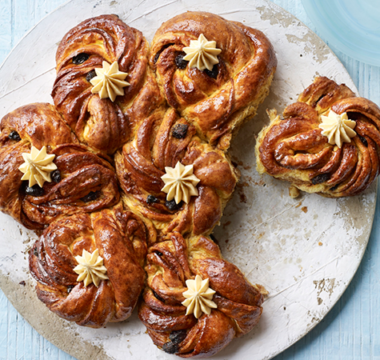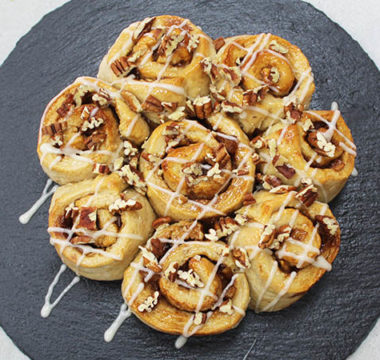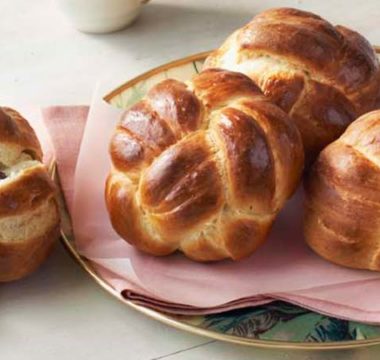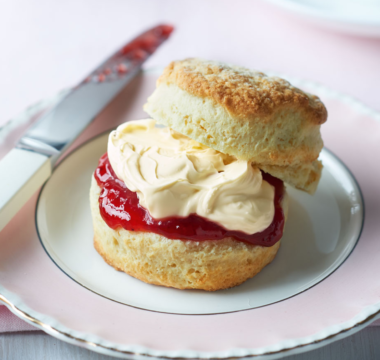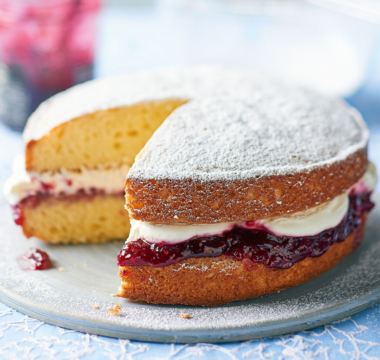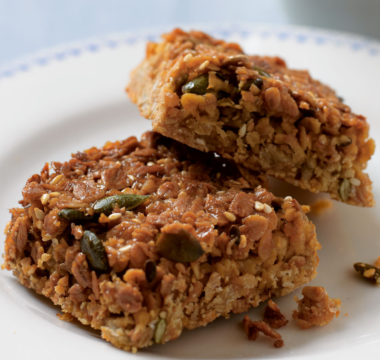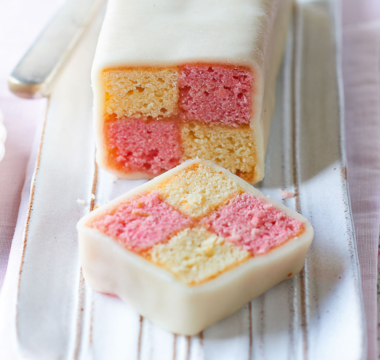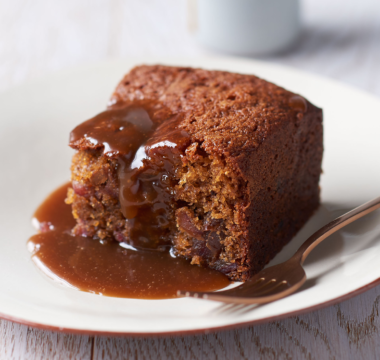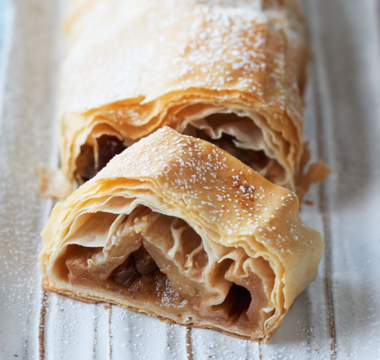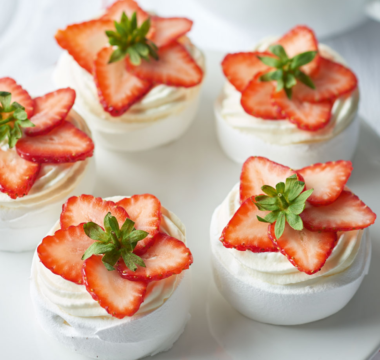A very pretty loaf, with a soft, rich crumb and sweet, spicy filling. The key to keeping a neat and even swirl with no gaps or holes is to use caster sugar rather than muscovado for the filling; caster sugar is finer and so melts more evenly. Take care when rolling and proving the loaf so it doesn’t become misshapen.
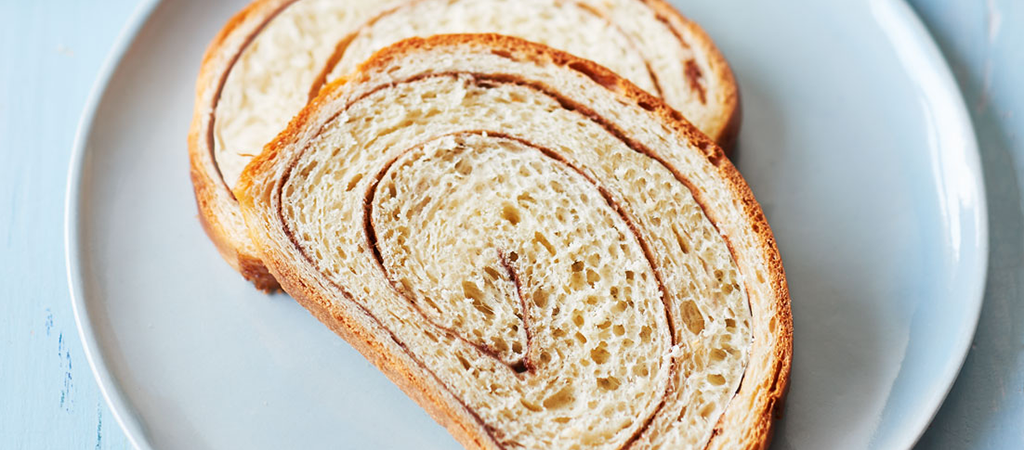
- Ingredients
- Method
Method
Step 1
Pour the milk and water into a small pan. Add the sugar and butter and heat gently, stirring, until the sugar has completely dissolved and the butter has melted. Remove from the heat and leave to cool until just lukewarm. Add the egg and beat with a fork until thoroughly combined.
Step 2
Put the flour and salt into a large mixing bowl, or the bowl of a free-standing mixer, and mix well. Sprinkle the yeast into the bowl and mix thoroughly. Make a well in the centre.
Step 3
Pour the milk-egg mixture into the well and gradually work into the flour with your hand, or the dough hook attachment on slow speed, to make a very soft but not sticky dough. If there are dry crumbs at the base of the bowl, work in more lukewarm milk (or water), a tablespoon at a time; if the dough sticks to the bowl, work in a little more flour, a tablespoon at a time.
Step 4
Lightly flour the worktop and turn out the dough. Knead thoroughly for 10 minutes, or about 5 minutes with the dough hook on slow speed, until the dough is silky smooth, firmer and very elastic. Return the dough to the bowl, if necessary, then cover tightly with clingfilm or a snap-on lid and leave on the worktop to rise for about 1 hour, or until doubled in size.
Step 5
Punch down (knock back) the risen dough to deflate it, then turn it out onto a very lightly floured worktop. Knead it a couple of times then pat it out to roughly a thick 18cm square. Cover it loosely with clingfilm and leave it to relax for 5 minutes – this will make the dough easier to roll. Meanwhile, grease the tin with butter and line the base and two short sides with a long strip of baking paper.
Step 6
Combine the 60g caster sugar, 1 teaspoon strong white bread flour and 1 tablespoon ground cinnamon for the filling in a small bowl. Lightly flour a rolling pin and roll out the dough to a neat, even 26 x 48cm rectangle – make sure the sides are straight and the corners square. Brush the dough liberally with 2 tablespoons of the milk, then sprinkle with the sugar mixture in an even layer leaving a 1cm border at one short end.
Step 7
Roll up the dough, neatly and tightly, from the other short end and pinch the seam together to seal it firmly.
Step 8
Lift the dough roll into the prepared tin, gently folding the ends under to make a neat shape. Slip the tin into a large plastic bag, trapping in some air so the plastic doesn’t stick to the dough, and tie the ends. Leave on the worktop to prove and rise for about 50 minutes, or until just doubled in size – make sure the room isn’t too warm as you don’t want the dough to rise too quickly and become too big or the loaf will lose the neat swirl pattern and its shape. Towards the end of the rising time, preheat the oven to 180°C/160°C fan/350°F/Gas 4.
Step 9
Uncover the loaf and gently brush the top with the remaining tablespoon of milk. Bake for 35–40 minutes, or until the loaf is a good golden brown. To test if the bread is done, tap the base of the loaf – it should sound hollow; if there’s a dull ‘thud’, return the loaf to the oven (set it directly on the oven shelf) and bake it for a further 5 minutes and test again. The loaf will have a soft and delicate crust so handle it carefully (the crust firms up as it cools).
Step 10
Set the loaf on a wire rack and rub the top with a knob of butter on a scrap of kitchen paper (or butter wrapper), then leave until completely cold before cutting into thick slices.
Photography: David Munns + Rita Platts © Hodder & Stoughton

